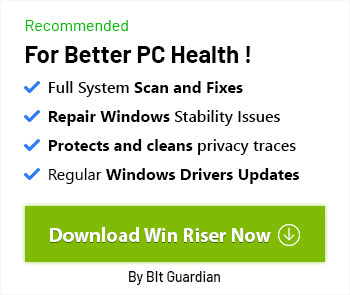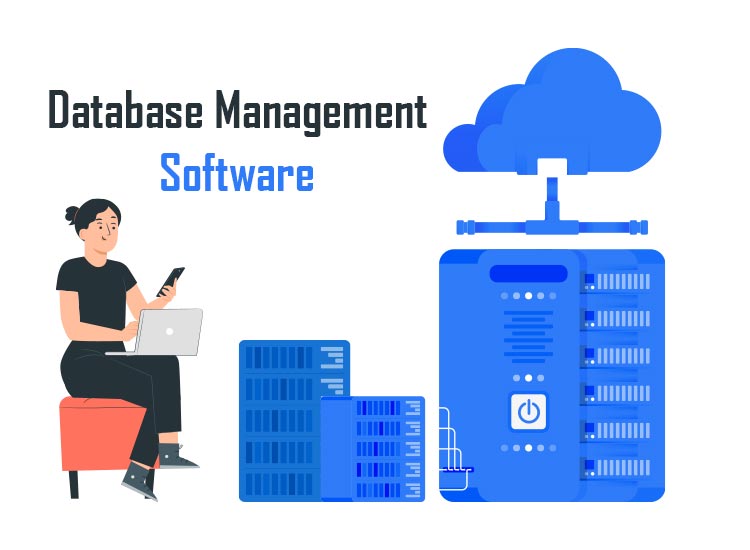
As tracking data is crucial when managing a business or digital product, here is a list of the top database management software solutions to guide those unsure where to begin.
Understanding Database Management Systems (DBMS)
Database management system (DBMS) software is essential for creating and managing databases, offering core functions like storage, querying, or retrieval. Many DBMS tools provide as well advanced options, like security, analytics, or access control. The most effective DBMS tools can handle large-scale data from various database types, supporting business growth with automation and integrations with third-party solutions.
Top Database Management Systems: Reviews
Here are our top picks for database management systems, along with insights on why they are on the list, and pricing details.
1. dbForge Studio for MySQL
Best for Visual Query Building
- It offers free trial
- Pricing available upon request
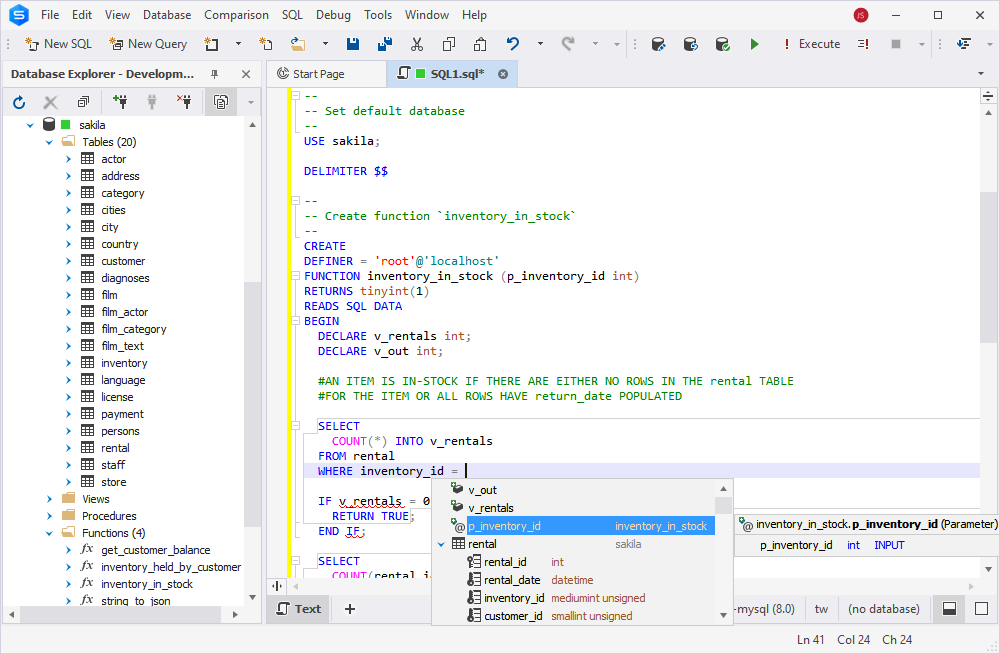
dbForge Studio for MySQL is an all-in-one GUI tool tailored for MySQL and MariaDB databases. It allows users to develop, manage, and administrate them.
Reasons to choose dbForge MySQL
dbForge Studio for MySQL allows you to code complete code and highlight syntax, simplifying SQL coding. Also, the visual query builder enables even beginners to create complex queries without extensive SQL expertise. Additionally, it provides tools for schema and data synchronization. This makes databases consistent.
Key Features and Integrations of dbForge Studio for MySQL
Notable features include a tool for data comparison, allowing quick database content comparison and synchronization, ensuring consistency across different environments. Its backup and restore functionality ensures secure data backups and easy recovery. Additionally, the tool enables users to track changes and revert to earlier versions of database schemas and data.
Integrations: dbForge Studio for MySQL database software integrates with Git, SVN, Mercurial, SourceGear Vault, Microsoft Azure, Google Cloud Platform, Amazon RDS, MariaDB, and Oracle Cloud.
Pros and cons
Pros:
- Supports secure connections through SSH
- Includes tools for database performance optimization and monitoring
- Allows comparison and data synchronization
Cons:
- Can be challenging for beginners.
- The interface can appear a bit overcrowded.
2. OneTrust
Ideal for Companies in Highly Regulated Industries
- 14-day free trial
- Pricing available upon request
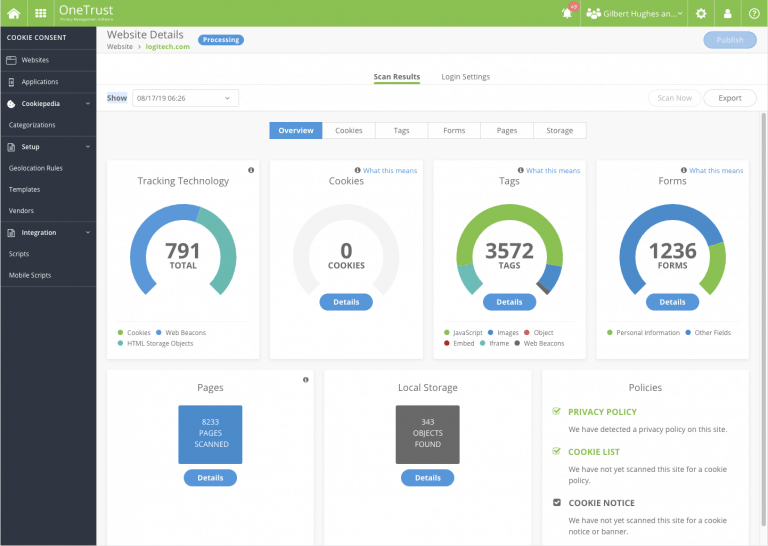
As a platform risk management tool, OneTrust comes with automation for data privacy, ethics, and discovery. It features compliance management tools that support a wide range of global regulatory standards.
Reasons to choose OneTrust
Tools for HIPAA, GDPR, SOC 2, SOX, and PCI DSS compliance stand out. For heavily regulated businesses, such as finance or healthcare, these features simplify compliance and help avoid penalties.
Key Features and Integrations of OneTrust
The standout features include the Privacy and Data Management Cloud, tools for data discovery, and data governance and management for consent and preferences. On top of those, there is privacy management. All these are meant to create a more secure and trustworthy user experience.
The ESG and Sustainability Cloud allows for easy monitoring of metrics typically in transparency and sustainability reports. Reports generation and analytical functions performance are available, with automation capabilities.
Pre-built integrations of the OneTrust database software are available for Kafka, Cassandra, Amazon S3, ServiceNow, Apache Box, Mailchimp, HubSpot, Jira, Snowflake, and Bitbucket.
Pros and cons
Pros:
- Extensive integration library
- Powerful features for privacy and data protection
- Comprehensive compliance management capabilities
Cons:
- Somewhat challenging learning curve.
- The first setup is quite complex
3. Studio 3T
Best for MongoDB
- Free plan available
- Prices from $19/user/month
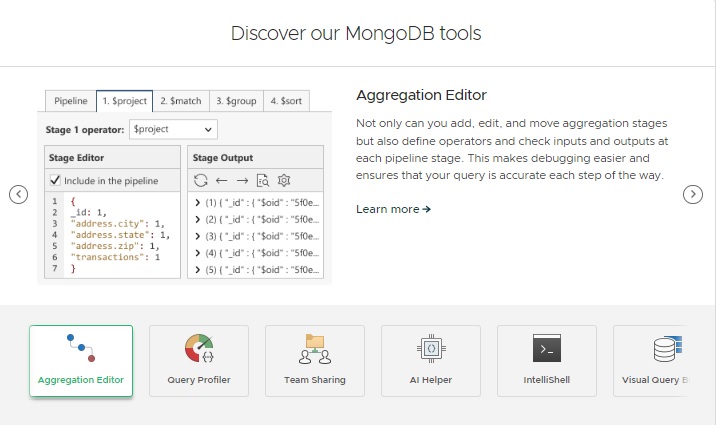
Studio 3T is a database management software that offers a suite of tools for MongoDB, including an IDE, GUI, and client for both on and off Atlas.
Reasons to choose Studio 3T
The Visual Query Builder enables users to create MongoDB queries through a drag-and-drop interface. Also, it brings table and tree views. This feature allows working more efficiently without writing the code manually, making it a valuable tool for those new users.
Key Features and Integrations of Studio 3T
Studio 3T simplifies working with MongoDB through features like IntelliShell, which offers editing capabilities for Mongo code editing, such as error highlighting and auto-completion. Additionally, it lets users import SQL databases and tables from multiple sources—such as MySQL, IBM Db2, Microsoft SQL Server, and Oracle—into a single MongoDB collection. Additionally, relationship mapping is available.
Pre-built integrations include Microsoft SQL Server, Oracle, and IBM Db2.
Pros and cons
Pros:
- Aggregation builder and graphical query.
- Seamless SQL to MongoDB conversion and vice versa
- Strong MongoDB editing and management capabilities
Cons:
- The free version is relatively limited
- Higher cost compared to available alternatives
4. TIBCO Spotfire
Top Data Visualization Features
- Free trial for 30 days
- Starting at $125/user/month (billed annually)
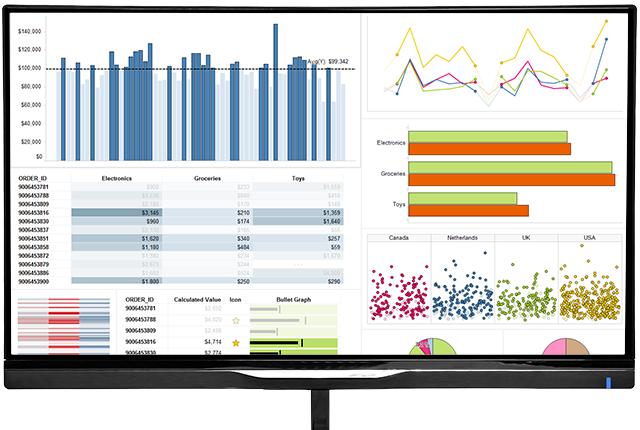
A fully governed business intelligence and data analytics platform from TIBCO, a company specializing in cloud integration, virtualization, data management, and analytics solutions, Spotfire is scalable.
Reasons to choose TIBCO Spotfire
TIBCO Spotfire utilizes the hyperconverged analytics feature. Thus, it delivers enhanced visualizations for both predictive and prescriptive analysis. It allows getting deeper insights through fully responsive visualizations, accommodating both historical and real-time data.
Key Features and Integrations of TIBCO Spotfire:
Spotfire is especially good for analytics and data visualization as it creates custom apps by the use of the Spotfire Mods tool On top of that, you also get a comprehensive library, workflow management, and API.
The platform also offers robust geo-analytics features that enable the analysis of contextualized multi-layered maps with location data. Spotfire effectively recognizes GPS data in the dataset and accurately overlays it on interactive maps.
TIBCO Spotfire database software comes with pre-built integrations for Docker, Google Cloud, AWS, Azure, Maven, SAP, Spring Cloud Config, Salesforce, OpenShift, and Cloud Foundry.
Pros:
- Geolocated analytics
- Visualization of Interactive data for enhanced analysis
- Custom app building options
Cons:
- Inconsistent documentation
- Limited data visualization library if compared to specialized analytics tools
5. Neptune
Neptune, offered by Amazon, is a fully managed graph database that can store billions of relationships, facilitating the cloud development and operation of graph applications.

Reasons to Use AWS Neptune
Neptune segments databases into 10GB chunks and replicates them across three availability zones in six different configurations.
Key Features and Integrations of AWS Neptune
A standout feature of Neptune is its fault-tolerant storage, which can withstand the loss of up to two or three copies of data without affecting the database’s read-and-write availability. It also boosts system availability with self-healing functions that automatically scan disks and data blocks for errors, retrieving replacements from healthy copies.
Additionally, Neptune provides native integrations with other AWS products and services, such as S3, Lambda, SageMaker, Elastic Compute Cloud (EC2), Key Management Service (KMS), CloudFormation, and Kinesis.
Pros:
- Durable databases
- Seamless AWS integrations
Cons:
- Restricted to AWS
- Complicated pricing structure
6. IBM Db2
Top Security Features
- Free plan available
- Starting at $99/month
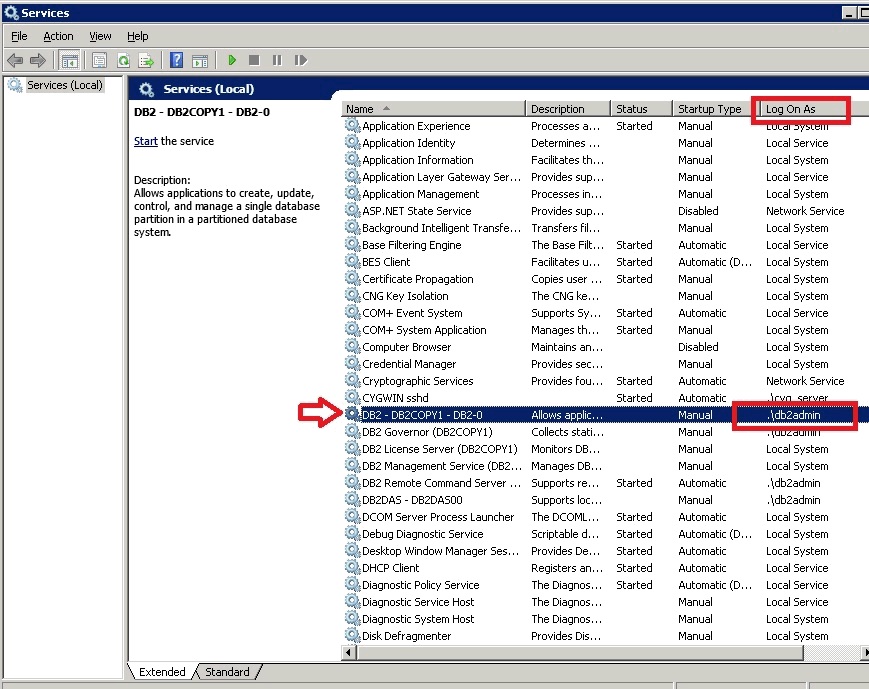
As a cloud-native option that offers real-time analytics and low latency, the IBM Db2 focuses on availability, resilience, and security.
Reasons to Choose IBM Db2: The auditing features in Db2 allow effective data monitoring access and safeguarding the databases against potential threats. It allows users to specify which events to flag, prompting Db2 to generate audit trails and deliver detailed logs for reviewing all suspicious activities.
Db2 is mainly good for its security-focused environments due to its db2cluster command. This provides managerial access to clusters and a system for sharing files. The feature allows the implementation of RBAC (role-based access control), in which administrators are at the top. Moreover, the row and column access control (RCAC) feature allows user access management at the row and column level, based on individual needs.
The Db2 database software offers integrations with Red Hat OpenShift, Kubernetes, AWS, and Azure.
Pros and cons
Pros:
- Excellent availability
- Advanced querying support
- Strong security options
Cons:
- Occasionally slow performance
- Limited support for public cloud environments
7. Syniti
Top Data Replication Features
- Free trial for 10 days
- Pricing available upon request

The Syniti data management platform for enterprise environments offers capabilities like migration, matching, and replication.
Reasons to choose Syniti
The standout feature is its ability to create data duplicates. It can take snapshots of the data, mirror it to emphasize new changes or synchronize both ways while resolving conflicts.
Key Features and Integrations of Syniti:
The primary reason to choose Syniti database software for data replication is that it includes the Verifier, which is helpful for audits to compare two data instances, and identify and sort out discrepancies.
Users can also utilize their scripts for easier tasks, while the graphical wizards effectively handle various functions.
Integrations are available for SAP HANA, IBM PureData System, Actian Vectorwise, and Vertica, for this database management software.
Pros and Cons
Pros:
- Minimal latency
- Enhanced availability
- Strong data replication capabilities
Cons:
- Constrained free trial
- Integrations are limited
The Best DataBase Management Software: Conclusion
To choose the right database management programs for your needs, you should pay attention to a few important elements. Here they are:
- Granular control over the stored data for sysadmins.
- Easily compliable with the standards of your industry. Remember that automation helps you get things done fast, while alerts make sure you do not miss anything.
- Security-enhanced solutions, asking for authorization of the users to access the database.
Now, you have the list of the best database management tools, and also know what to pay attention to, for an informed decision.

